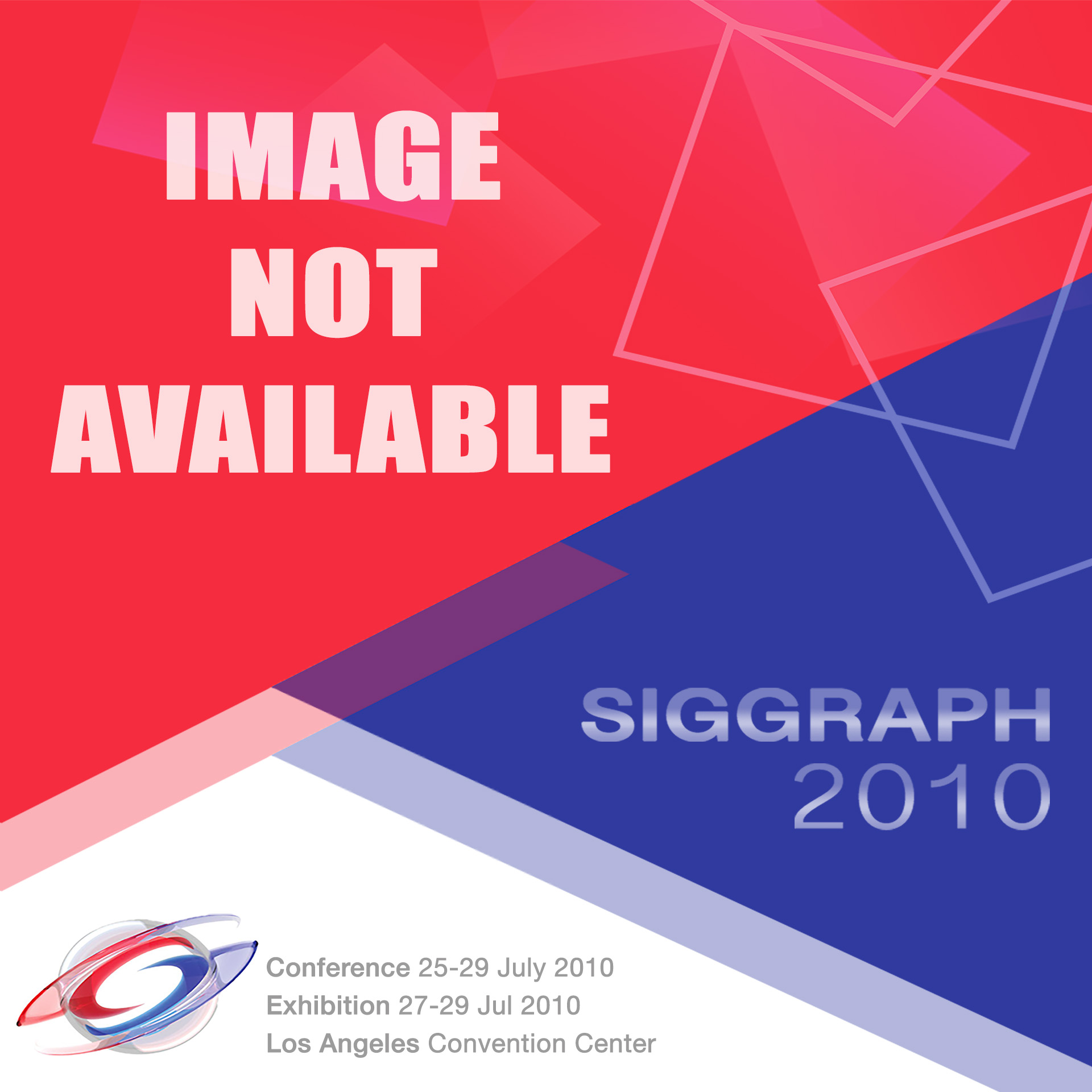“Using Semiotic Grammars for Rapid Design of Evolving Videogame Mechanics” by Vick, McDaniel and Jacobs
Conference:
Experience Type(s):
Title:
- Using Semiotic Grammars for Rapid Design of Evolving Videogame Mechanics
Developer(s):
Description:
McDaniel et al. [2009] proposed the concept of cardboard semiotics, which uses semiotics (the study of signs and symbols and their interpretations) as a conceptual prototyping tool for game-story development. This paper adapts the theoretical principle of cardboard semiotics to an engineered formalism for design of game mechanics. It begins with a brief introduction to videogame literacy and a key method of semiotic analysis, and provides examples of how it can be applied in design of real-time strategy and first-person shooter games. It then uses generalized semiotic grammars, or methods for composing symbolic sentences, to expose the underlying frameworks of popular commercial games and show how they can be re-imagined in other contexts through the semiotic technique of substitution.





